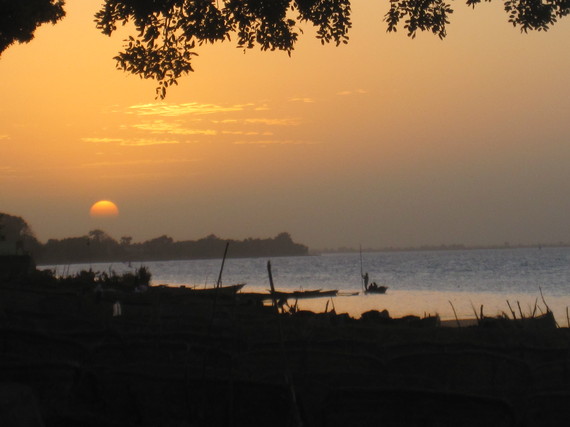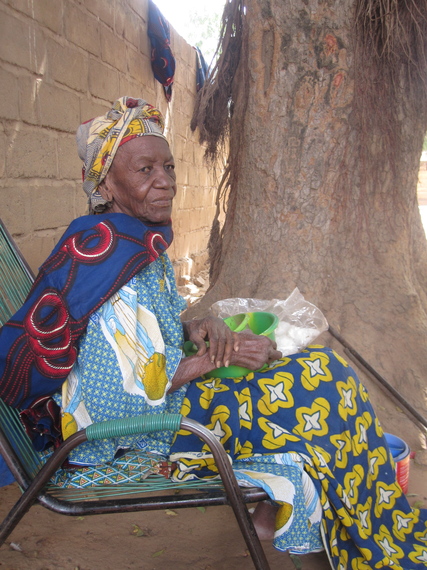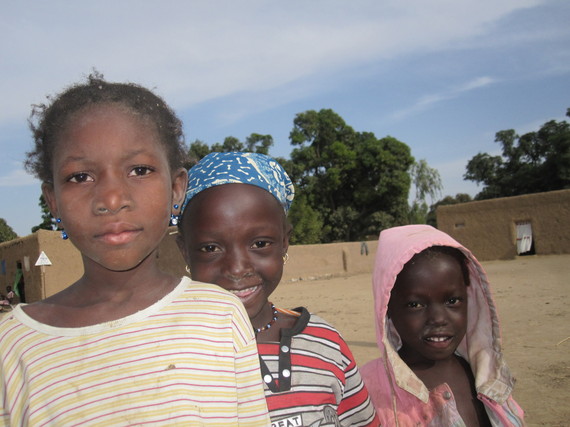I have mixed feeling towards Mali. I loved my time there and made a lot of friends. I would go back in a heart beat... but. And it's a big BUT. It's one of the few countries in the world where female genital mutilation is still widely practiced (with a prevalence rate of 92 percent) and is legal. Many countries at least pay lip service and outlaw the practice on the books (it is performed anyway). But at least if it is technically illegal -- it can be prosecuted AND when a government publicly proclaims something to be illegal, it is the first step in the permanent eradication against FGM. If FGM is still legal, there is not even a toe hold for the battle to begin.
On my three and a half week journey up the Niger River, we stopped at a small village, miles from any road and days from a major city. A woman who looked to be about 50 [she was 31] came up to me crying and pleading. My interpreter said, "She wants to know if you have medicine. She is sick."
"What's wrong?" I asked.
"All women out here have the female cut when they are young. When they get married and have children, there are problems. She has a bad infection and is in a lot of pain. If something doesn't happen she will be turned out."
TURNED OUT. As in -- you are no good to your husband anymore so get the hell out. The "lucky" ones end up at the Fistule home in Mopti, where the women and some of their children have a roof over their head and access to food. The unlucky ones just disappear.
For those who do not know, FGM (from wikipedia):
involves one or more of several procedures, which vary according to the ethnic group. They include removal of all or part of the clitoris and clitoral hood; all or part of the clitoris and inner labia; and in its most severe form (infibulation) all or part of the inner and outer labia and the fusion of the wound. In this last procedure, which the WHO calls Type III FGM, a small hole is left for the passage of urine and menstrual blood, and the wound is opened up for intercourse and childbirth.[10]The health effects depend on the procedure but can include recurrent infections, chronic pain, cysts, infertility, complications during childbirth and fatal bleeding.[11]
In Mali, Type III is most common.
For information click HERE - and scroll to the bottom for ways to help the women affected and to join the campaign to stop this atrocity... and for the most moving video you may ever see.



